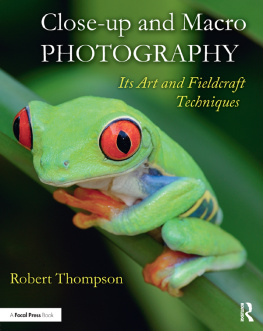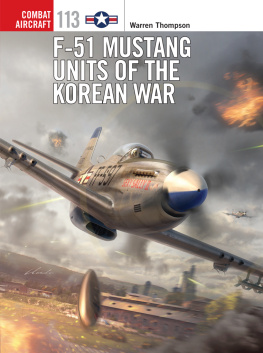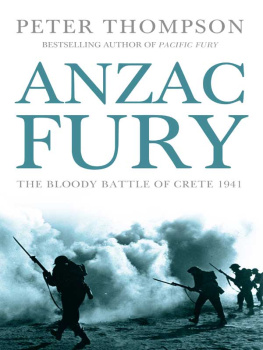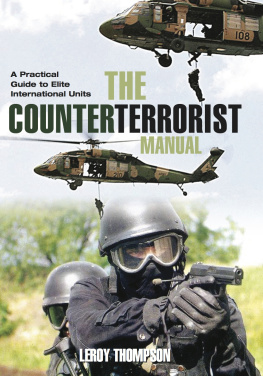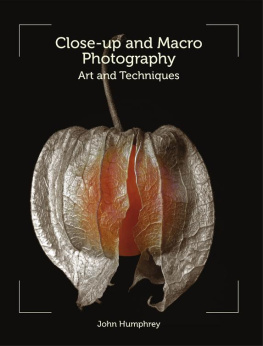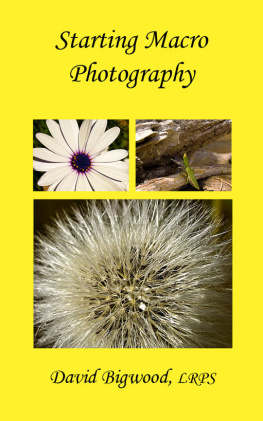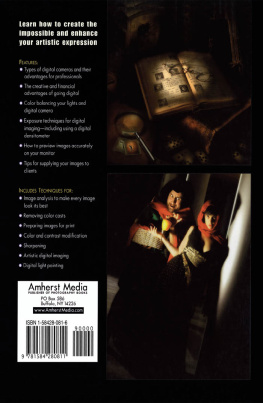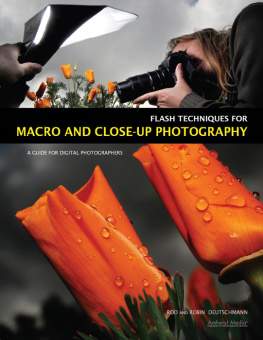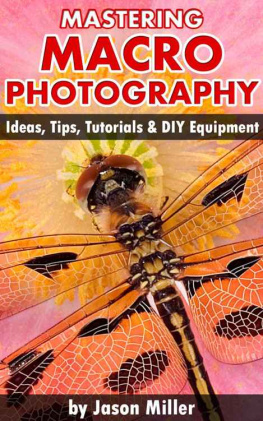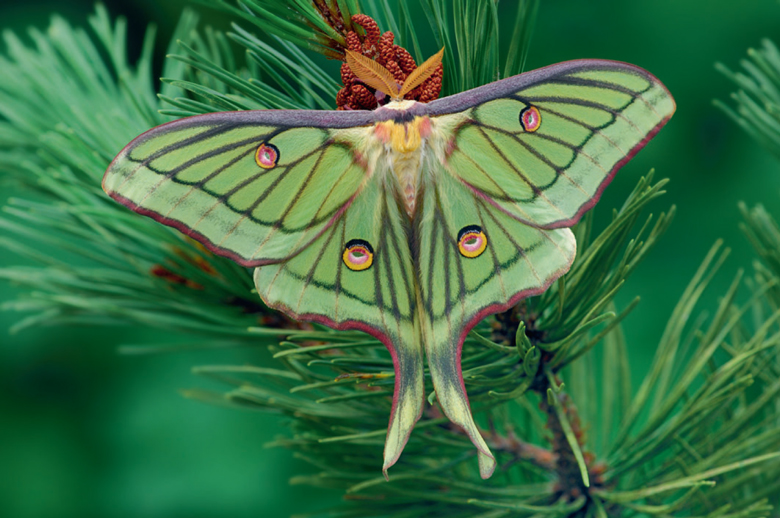The right of Robert Thompson to be identified as the author of this work has been asserted by him in accordance with sections 77 and 78 of the Copyright, Designs and Patents Act 1988.
All rights reserved. No part of this book may be reprinted or reproduced or utilised in any form or by any electronic, mechanical, or other means, now known or hereafter invented, including photocopying and recording, or in any information storage or retrieval system, without permission in writing from the publishers.
Trademark notice: Product or corporate names may be trademarks or registered trademarks, and are used only for identification and explanation without intent to infringe.
Contents
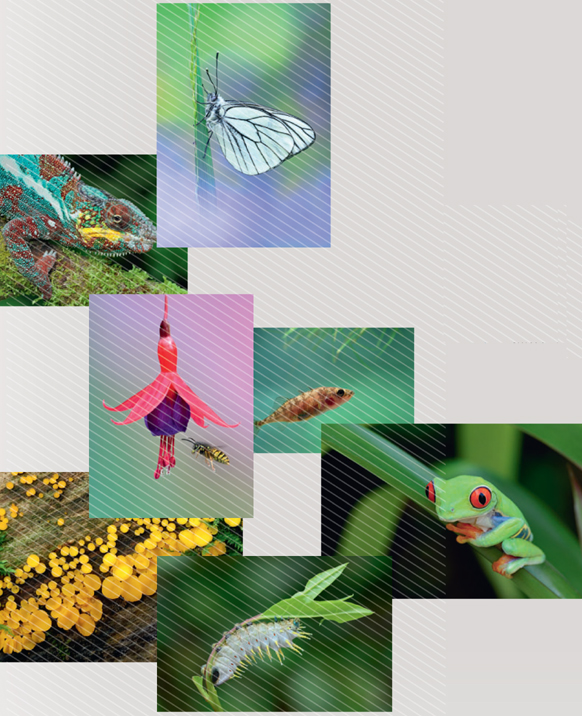
PART ONE
DIGITAL FUNDAMENTALS
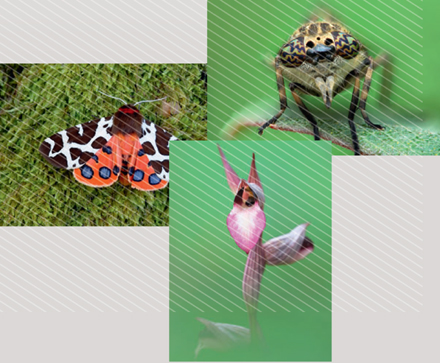
PART TWO
FIELDCRAFT AND METHODOLOGY
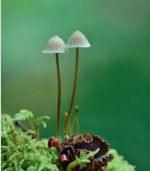
PART THREE
PORTFOLIO CASE STUDIES
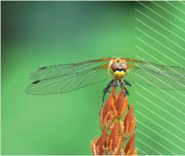
PART FOUR
DIGITAL WORKFLOW AND PRESENTATION
The success of any publication is not down to the work of a single individual but relies on the collaboration and goodwill of others who work assiduously in the background to ensure the final product meets with everyones expectations.
I would therefore like to express my appreciation to the following people.
First of all, my profound thanks to my wife Catherine and children who are always supportive and cheerfully put up with my extended periods of absence both at home and further afield. Also my good friend and photography companion John Spencer, who has accompanied me on many of my field trips and workshops across Europe.
I would also like to express my sincere thanks to Routledge for supporting this project, in particular Judith Newlin, editor of Photography and Visual Arts, Elise Poston, Editorial Assistant and Abigail Stanley, Senior Production Editor for all of their help through the editorial and production stages of this publication. They have patiently endured my numerous questions, phone calls and been extremely supportive throughout the whole process. My thanks also to Kimberly Duncan Mooney, who initially commissioned the book; Paul Harcourt Davies for kindly reviewing the manuscript; John Douglas, Louise Borbely and Alexander Hyde, for their assistance with some of the more challenging identifications and to Alex Lazarou for designing and typesetting the book.
My grateful thanks to the following people: Rob MacNeice at Nikon UK for his help and assistance with additional equipment and also to Stewart Dunwell; Angus Bicker, manager at Calumet Photographic, Belfast; Adam Pensotti at Canon Europe for his help with equipment; Mehdia Mehtal at Canon UK; Paul Cockrill at UK Optics; Susan Sex, Orchid illustration and Chuck Pistole at Wimberley.
I have, over the years, met and corresponded with many fellow naturalists and photographers, too many to acknowledge individually. Some have become great friends and share my passion and enthusiasm for the natural world. My grateful thanks to them for freely sharing with me their knowledge, expertise and those special places close to their heart.
Finally, to my late parents Jane and Samuel Thompson, who encouraged my love of nature from an early age, supported me throughout all my endeavours and instilled in me the value and respect for the natural world in all its Biodiversity.
Exploring the natural world in close-up has, for me, been a journey of enlightenment, knowledge, and discovery. I have spent most of my life engaging with nature, intrigued by its beauty, complexity and fragility. For the masses who go about the daily routine of life, most are oblivious to the smaller world and its significance in sustaining the ecological equilibrium in our own.
My fascination with nature stems back to my childhood days which were spent exploring an extensive parkland estate where I grew up. During the summer months, I often witnessed the profusion of bright blue damselflies that congregated among the bankside vegetation of the 105-acre lake adjacent to our home. My attraction to nature and insects had its beginnings then, and although my interest in natural history has extended to encompass other related fields I have always sustained my fascination with insects, particularly dragonflies, butterflies and moths. Many people see only the big picture, unaware of the microcosm of life around us, which is one of astonishing beauty and mystery. Through visual inquisitiveness and curiosity, we can discover the underlying harmony and connectedness of nature in minute detail, from the scales on a butterflys wing to the dewdrops clinging precariously to a fine blade of grass; all of which can be captured in incredible detail and immortalised in print and screen.
Historically, macro photography was deemed to be a niche; a specialist branch of photography practised by those with a natural history interest primarily in entomology and botany. In fact, many of the early macro specialists had a zoological background and their transition to photography mainly came about through their own professional fields of interest. Macro photography today has evolved considerably since the 1980s. Advances in digital capture combined with the latest in post-processing software make it possible to photograph and depict subjects in a way that was simply impossible to achieve with film. Photography post digital is undergoing continual change; state of the art lenses, improved camera technology and innovative software mean the process of photography itself is never static. The digital revolution has been a significant factor in raising the profile of macro and its popularity among the masses. Virtually every camera and the majority of mobile phones now have the capability, albeit in a rudimentary form, to capture acceptable images in close-up.
I should also point out from the start that the word macro is a term often incorrectly applied to close-up photography. It is frequently misused, especially by camera and lens manufacturers, to describe a close-up facility on a lens or compact. The definition of macro photography (photomacrography) in the real sense relates to magnifications from 1:1 (life-size) to around 20:1. Photographing subjects below life-size is referred to as close-up photography, which is the category that the majority of subjects fall into. However, for the purpose of this book and to reduce confusion, I have used the word macro in the general context when discussing close-up photography as a whole.

